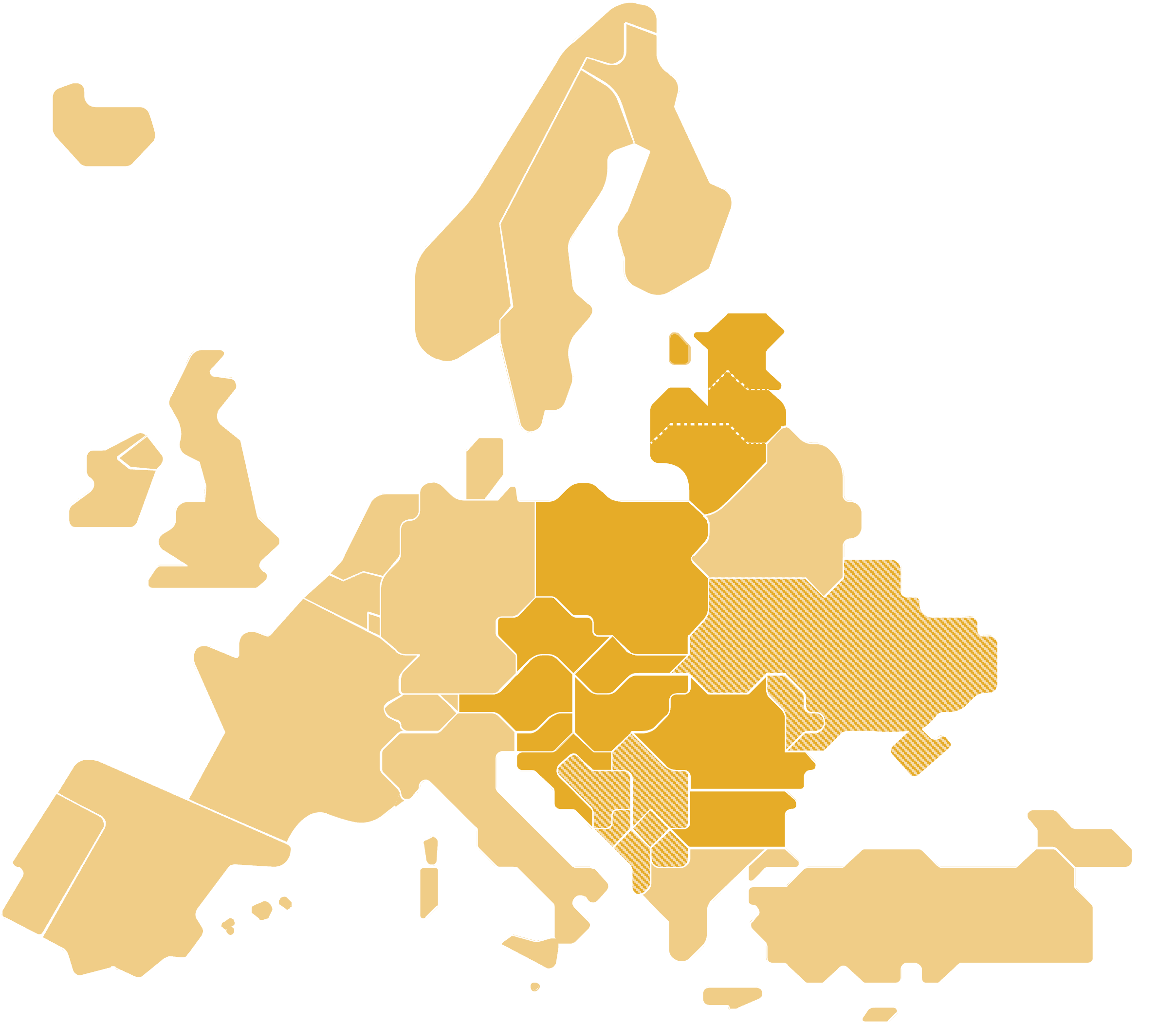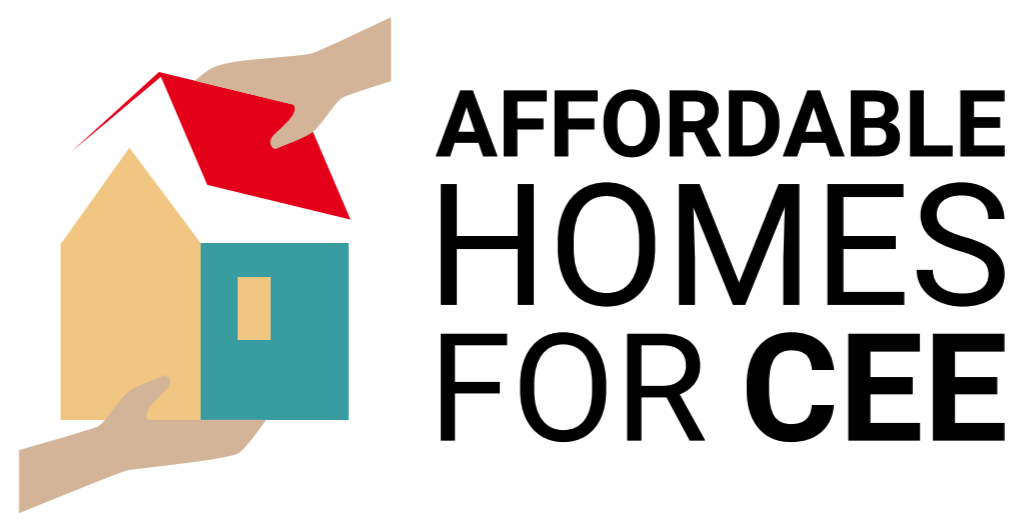how we can support
EU Level
European affordable Housing Plan
The European Commission addresses the affordable housing crisis in the EU through the European Affordable Housing Plan. The European Parliament is also discussing its views within the Special Committee on the Housing Crisis in the European Union.
What we can do
Over more than 40 years, we have delivered 140,000 affordable homes across Central and Eastern Europe, and we keep on building more. Our first-hand experience covers rent affordability, constant maintenance and renovation of our energy efficient housing stock.
How to get there
- Affordable and social housing
To ensure a balanced approach between affordable and social housing in CEE, it is important to distinguish housing policy from social policy objectives. The term “social housing” typically covers municipal, regional, and other forms of public housing and is aimed at disadvantaged groups. However, the term “affordable housing” needs to include private housing supply as well as broader sections of the population.
As stated by the European Commission, large parts of the EU's population are spending a significant share of their household income on rent. This includes middle-income households. Given these considerations, no fixed criteria should be imposed for determining who may rent at an affordable rate.
Affordable rent should not be solely market-oriented, considering cost recovery for maintenance and renovation. In case the affordability of rent would be measured against a benchmark, this benchmark shall be formed in a public, independent, transparent, participatory and local manner, taking into account domestic as well as pan-European diversity from Mediterranean islands to alpine villages. - Financing
Financing may take various forms, including 100 % private funding. This form of financing for affordable housing does not burden public finances and contributes to increasing the affordable housing stock at scale. - Construction
Flexibility for procurement and construction enables participation of local small and medium-sized enterprises (SMEs). This way, transport costs as well as CO2 emissions remain low and the local value chain is strengthened.
EU-wide tenders for the construction of affordable housing, while well-intentioned, could significantly increase complexity and timelines - potentially making it more difficult to deliver affordable housing at the pace and scale required to meet urgent housing needs.
Our commitment to quality housing means that buildings are thoughtfully designed and constructed to the highest standards, ensuring lasting quality. - Zoning and permitting
Zoning and reservation of land for affordable housing by public authorities enables access to building lots, but this requires legal certainty in relation to state aid. - Financialisation and speculation
Given the sensitivity of affordable rental housing, priority should be given to those with experience and targeting moderate, but dependable returns. Insurance companies are highly regulated and supervised in the EU and follow a long-term business model based on the principle of solidarity. Profits from housing stock are locally re-used to finance maintenance and renovation and ensure constant quality levels for tenants’ wellbeing. These profits also fund the development of new housing.
Authorities, tenants and private investors share a common interest: social stability. A constant, reliable framework supports citizens’ need for long term affordable housing as well as the private investor’s time horizon of 30 years or more.

National Level
Local regulation
Member States, regions and communities can support local private initiatives for affordable housing in three ways:
- Subject-oriented
Governments may exempt voluntary employer‘s contributions to rental payments of their employees from taxation and fees up to a certain level;
Further on such contributions may be qualified as operating expenses and thus reduce the overall tax burden of the employer;
Governments may also grant tax exemptions to affordable housing entites;
A balanced, long term rental market requires rights and obligations under civil law for both, tenants and landlords, e.g. termination of the tenancy or rent indexation. - Object-oriented
Communities may reserve building lots for private investors that qualify along specified criteria;
Governments may reduce VAT for construction cost. - Stability
Authorities provide local private initiatives with a long-term, secure regulatory environment.

